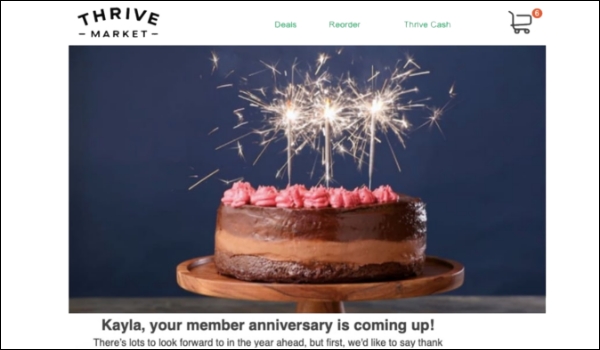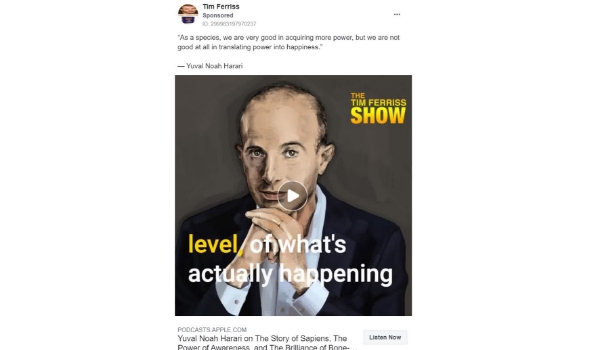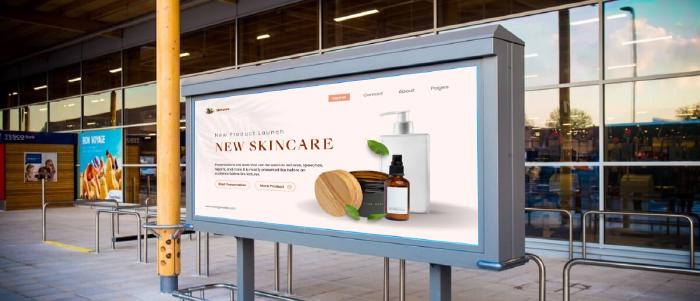
May 19 2023
5 min read


Jan
In marketing, distributing your content to a broad audience in the hopes of persuading a tiny percentage to convert is not a particularly effective strategy. Although it can be tempting to “spray and pray,” aiming to please everyone has never yielded positive results.
The modern marketer must be savvier to break through the clutter and generate interest and relevance among prospective customers. It’s possible to capture their attention with entertaining or inspirational content. Still, it’s time to move past the high-level brand video and commit to directing your message at specific audience subgroups. The secret to increasing audience engagement and conversion is “narrowcasting” your material.
Narrowcasting is when you show any content that targets particular buyer profiles or audience groups. Unlike broadcasting, where a certain information or communication reaches anyone and everyone, narrowcasting restricts its reach via different ways: by limiting the access or by making the content highly personalized which renders it irrelevant to the non-target groups.
Since you can speak in specific industry jargon and go into depth on use cases or specifics that only your target would understand, narrowcasting helps in the comprehension of your message.
Additionally, narrowcasting facilitates pre-qualifying leads. Anyone who doesn’t respect your content or comprehend what you’re saying was probably never a solid lead to send to sales in the first place.
By abandoning the broadcast strategy, you can create content with your target group in mind. Know your audience the way you would like to know a new friend: at a psychological level. This refers to more than simply their profession or even their position as the decision-maker.
Narrowcasting can use different tools and channels, such as social media platforms, digital signage, email marketing, and more. Investigating existing internet strategies on various websites is crucial for creating narrowcasting concepts. Here are some current narrowcasting methods:
Digital signage is the best example of narrowcasting because it is present in convenience stores, corporate offices, mail rooms, and cafeterias. Based on the placement and purpose of these screens, the narrowcasting content may be decided. For example, a screen at the retail checkout counter can target a group of customers waiting in line and display ads that trigger impulse purchases of items like chocolates, cupcakes, wallets, etc.
The benefits of narrowcasting can be further cultivated through various advanced digital signage systems like:
Guided product navigation: Interactive systems that assist buyers in locating different products within a store or shopping mall.
Programmatic ads: Programmatic digital signage uses various sensors (motion, voice, touch, etc.), cameras, and AI to detect the nearby audience demography and show content tailored to that particular audience persona.
Gamification through audience participation: Advanced technologies allow digital screens to communicate directly and prompt the audience to participate in games and prompts. This type of narrowcasting using digital signage builds better engagement and higher campaign success.
Businesses can use the interest existing, and potential customers have in their brands by creating exclusive, members-only forums or social networks. You are enabling readers and consumers to talk about your brand by giving them a way to leave feedback. The additional connection and activity have the advantage of increasing customer loyalty.
Hundreds of platforms like Slack, WordPress, Joomla, and Drupal allow you to build a community through narrowcasting content such as premium blogs, member-only offers, discussions & consultations.

Opt-in newsletter subscription forms are an excellent method to increase exposure and are especially helpful if you want to focus and elaborate on themes that have already been covered in your blog campaign. They are a useful addition to any retail or service company, and they may also be utilized to broadcast product updates and exclusive online deals.

In the past few years, there has been an explosion of podcasts and podcast-hosting sites.
The reason?
People can stay informed about a topic of interest while doing the dishes, cooking, or commuting. In a gist, a podcast gives infotainment at the fingertips. Whether it is a quick titbit about how to build a DIY Christmas card or a full-length discussion on the recent trends in digital marketing, the audience gets on-demand, highly-targeted content through this narrowcasting medium.
This narrowcasting technique is highly effective since it uses specific geographic relevance to engage or appeal to the viewers. Digital marketing also refers to this as Local PPC, where you tailor your advertisements based on location. For example, if you are offering a 20% discount on your products during the festive season, you may use the following copies for different regions:
India: Get 20% off before Diwali
USA: Get 20% off before Halloween
In television, too, some companies provide head-end geo-targeted advertising services. Channels can also choose to use local or regional commercials instead of those from the satellite stream. To do this, IRD and WEB USER INTERFACE are helpful. Their products can also reach the target market thanks to this example of narrowcasting. Revenue from advertisements is increased.
Narrowcasting is an effective method for addressing target demographics when combined with tailored and specialized information. To be successful and effective, a plan must be in place that is both clear and detailed. The following factors have a significant impact on whether this concept is successful:
Identify your target audience. Wherever possible, choose a highly-specific persona.
Understand the location. Where does your audience go?
Measure your campaigns through analytics
Don’t stick to a single content. Keep generating new media through market research and social listening.
Try to make your audience participate through incentives, prompts, or rewards.
Bring in interactive technology. For example, replace a monotonous talk about your company history with an interactive flipbook with images & videos that your audience can engage with.
Get feedback from your members. For example, after sending ten email campaigns, send one email surveying your customers to see if the emails are relevant and valuable to them.
Here are the top benefits of narrowcasting:
Narrowcasting targets the strongest demographic potential, making it audience-specific. Let’s say a business wishes to display its advertisement for winter gear. With broadcasting, a commercial would be broadcast across the country to reach as many people as possible, while narrowcasting enables people to be targeted in a specific geographic area—in this context, hill stations or places with snowfall.
Comparing marketing to a targeted audience with broadcast placements can also save money. By using narrowcasting, you can save time and money by only pursuing leads you are confident will yield the best results.
Because you are communicating with people who may already be familiar with your brand or be interested in your services, you don’t need to be as cryptic in your advertising. Instead of a general call-to-action, you can add more specifics to your message that will be remembered.
Choosing a platform that can accommodate your company’s messaging and targeting requirements is crucial when using narrowcasting, and software platforms like Pickcel can help you generate better conversions and build engagement. Learn more about the Pickcel software features & benefits.
Take complete control of what you show on your digital signage & how you show it.
Start Free Trial Schedule My Demo
May 19 2023
5 min read

May 16 2023
8 min read

May 12 2023
9 min read

Apr 28 2023
14 min read